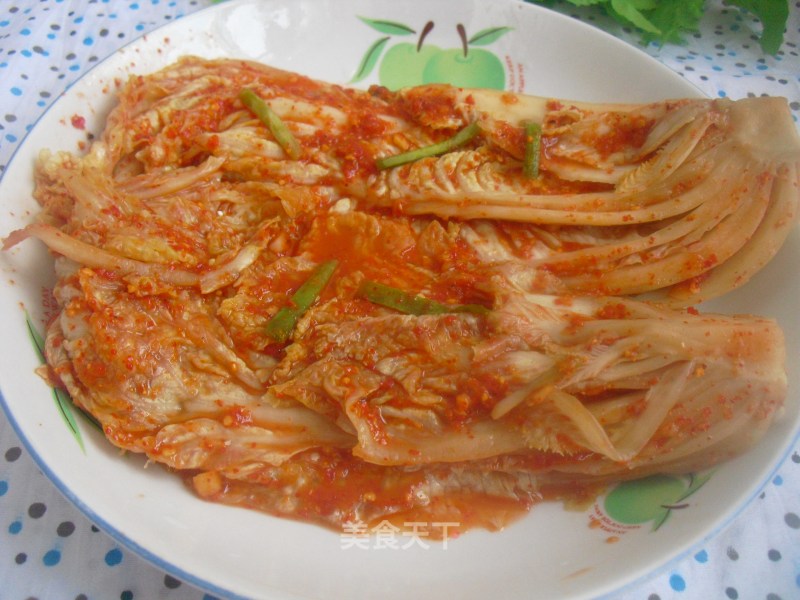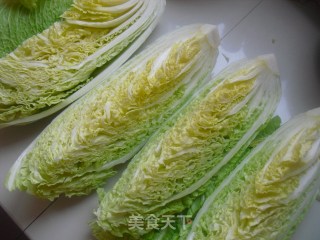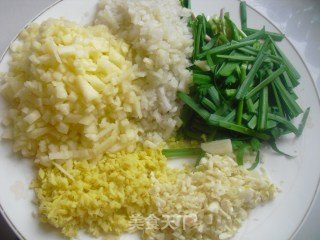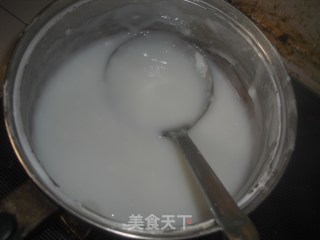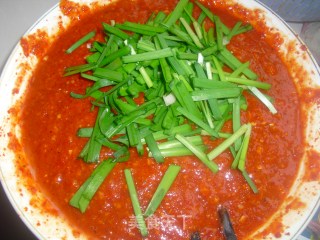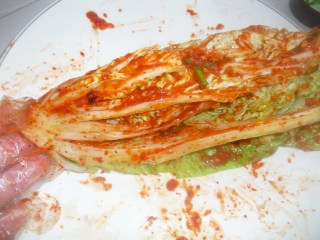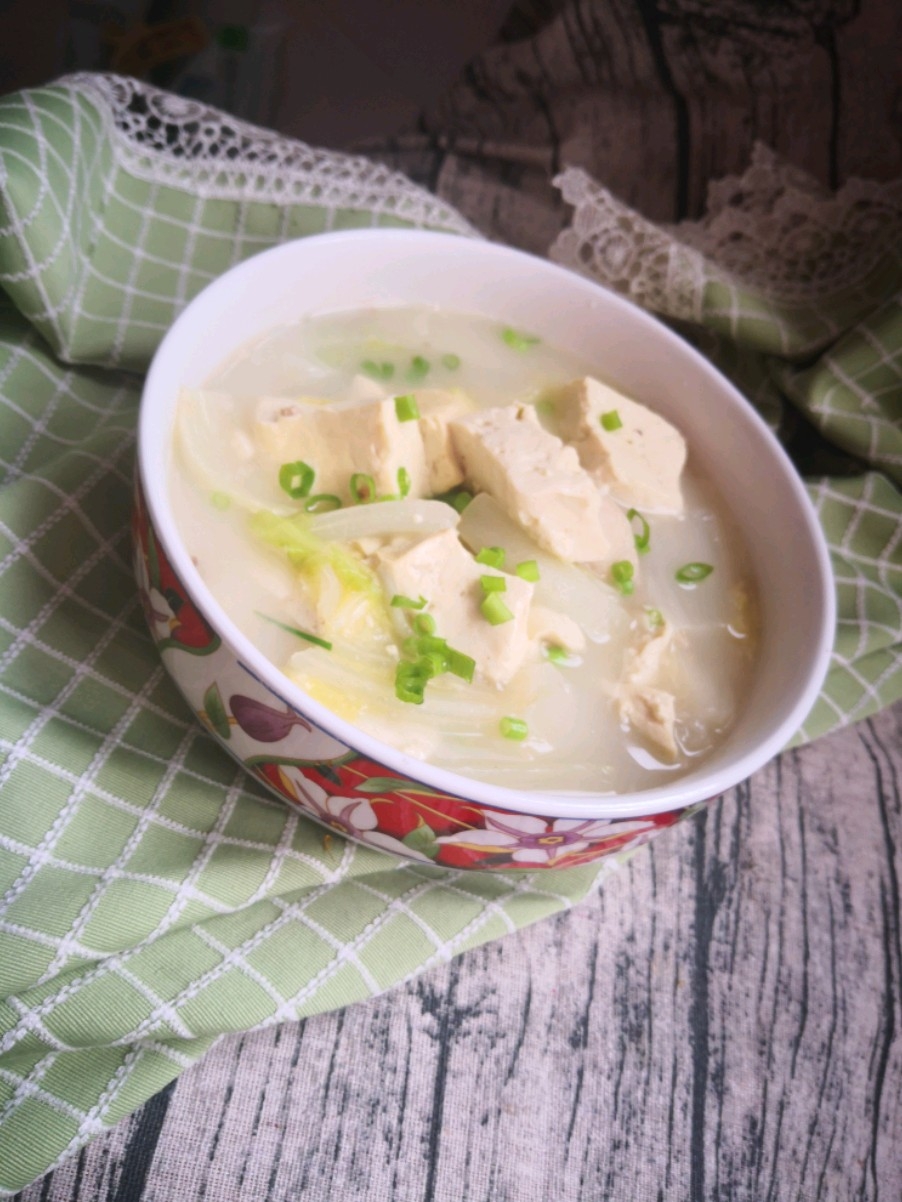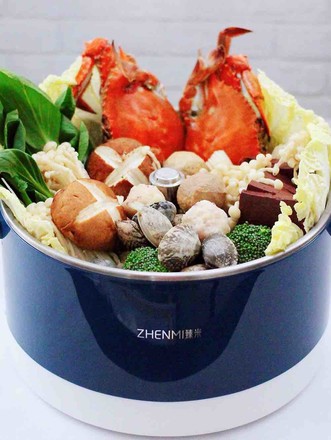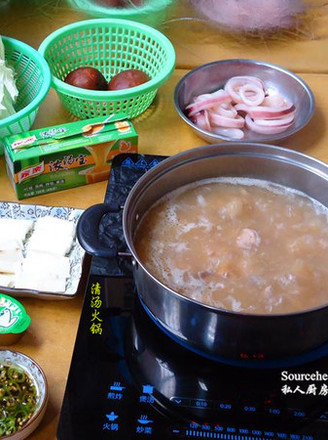Korean Spicy Cabbage
1.
Wash the Chinese cabbage and cut it into 4 halves from the root. Spread salt evenly on the cabbage and marinate overnight. Pass the cabbage in cold boiled water, wash off the excess salt, squeeze the water and set aside. (Taste the saltiness of the dishes after the water is over. If you feel salty, soak in clear water for a while to remove the saltiness.)
2.
Prepare the ingredients.
3.
Chop apples and pears into fine pieces; chop garlic and ginger into fine pieces; put all the ingredients in a blender and mash them; wash and cut the leeks into sections.
4.
Stir 50 grams of glutinous rice flour with 450 grams of water and cook into a paste on low heat.
5.
Put the fruit puree, cool glutinous rice paste, fish sauce, shrimp paste, sugar, and salt into the chili noodles and stir evenly. Finally, pour the leek segments into the chili noodles and mix well.
6.
Put on disposable gloves and spread the chili sauce evenly on the cabbage. (Mainly the roots, just pass the cabbage leaves. Finally, put them in a clean container.)
7.
After fermenting at room temperature for one day, put it in the refrigerator and ferment for 5-7 days before eating.
Tips:
1. Leeks can accelerate the fermentation of spicy cabbage and increase the aroma.
2. If there is no shrimp paste, you can substitute shrimp skin.
3. The glutinous rice flour paste can make the cabbage more syrupy, sticky, and taste better after fermentation. Use cold water to stir well before cooking, and stir constantly while cooking to prevent the bottom from getting muddy.
4. Fish sauce is sold in large supermarkets, which can ensure the flavor of spicy cabbage. It is recommended that it is indispensable. If you can't buy it, you can keep it.
5. After the marinated cabbage is over water, you can taste it, and then determine the amount of salt to be added later according to the saltiness.

